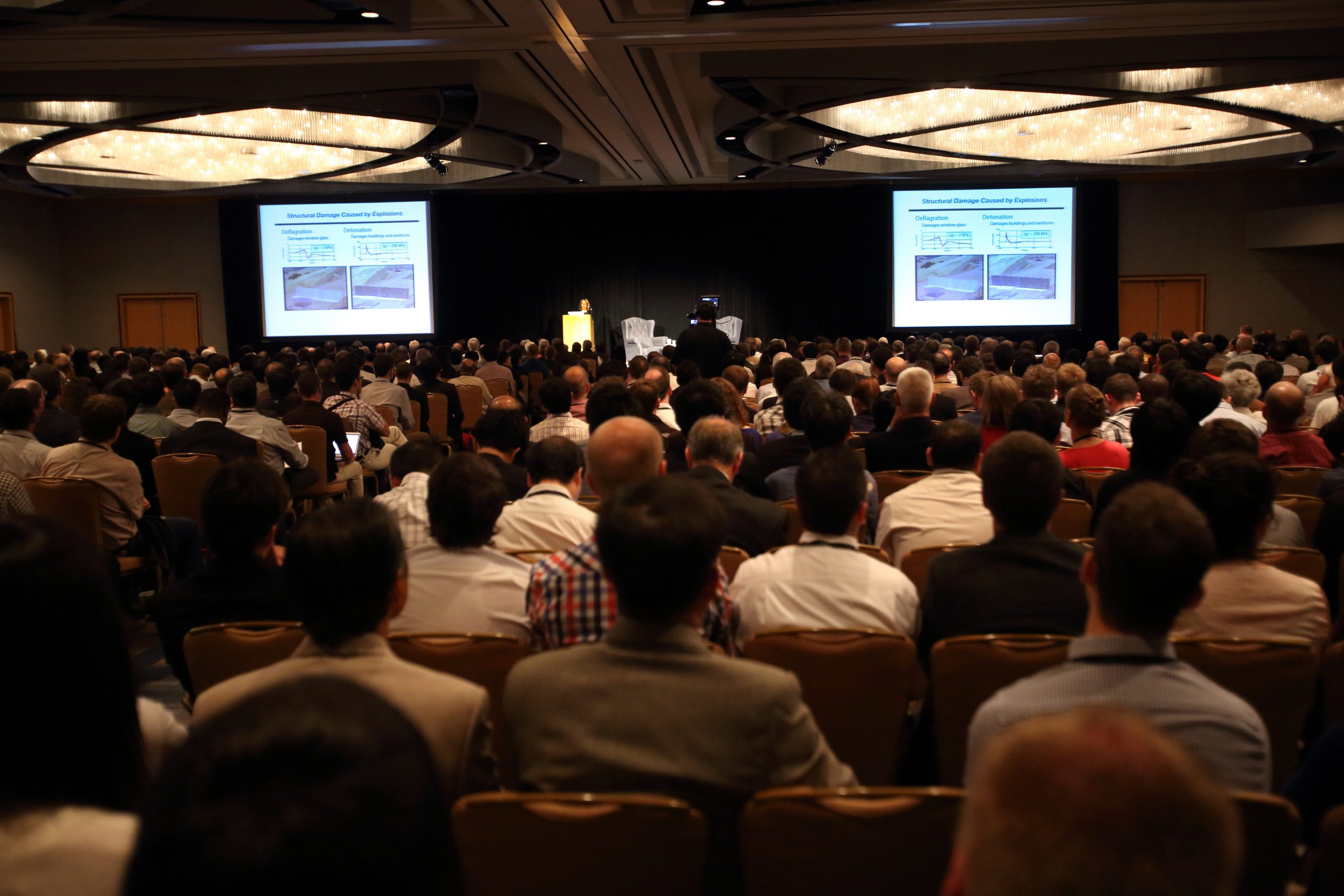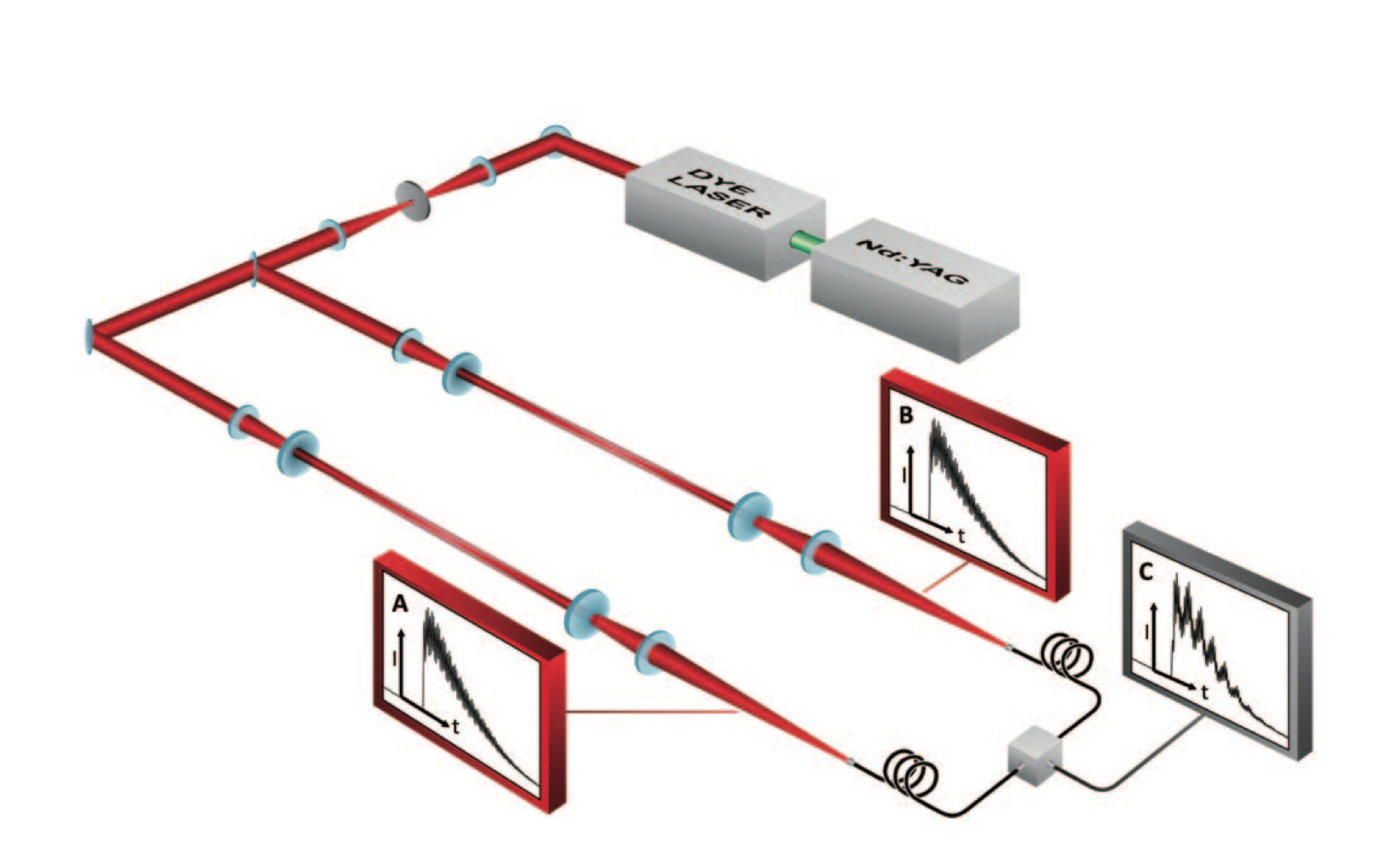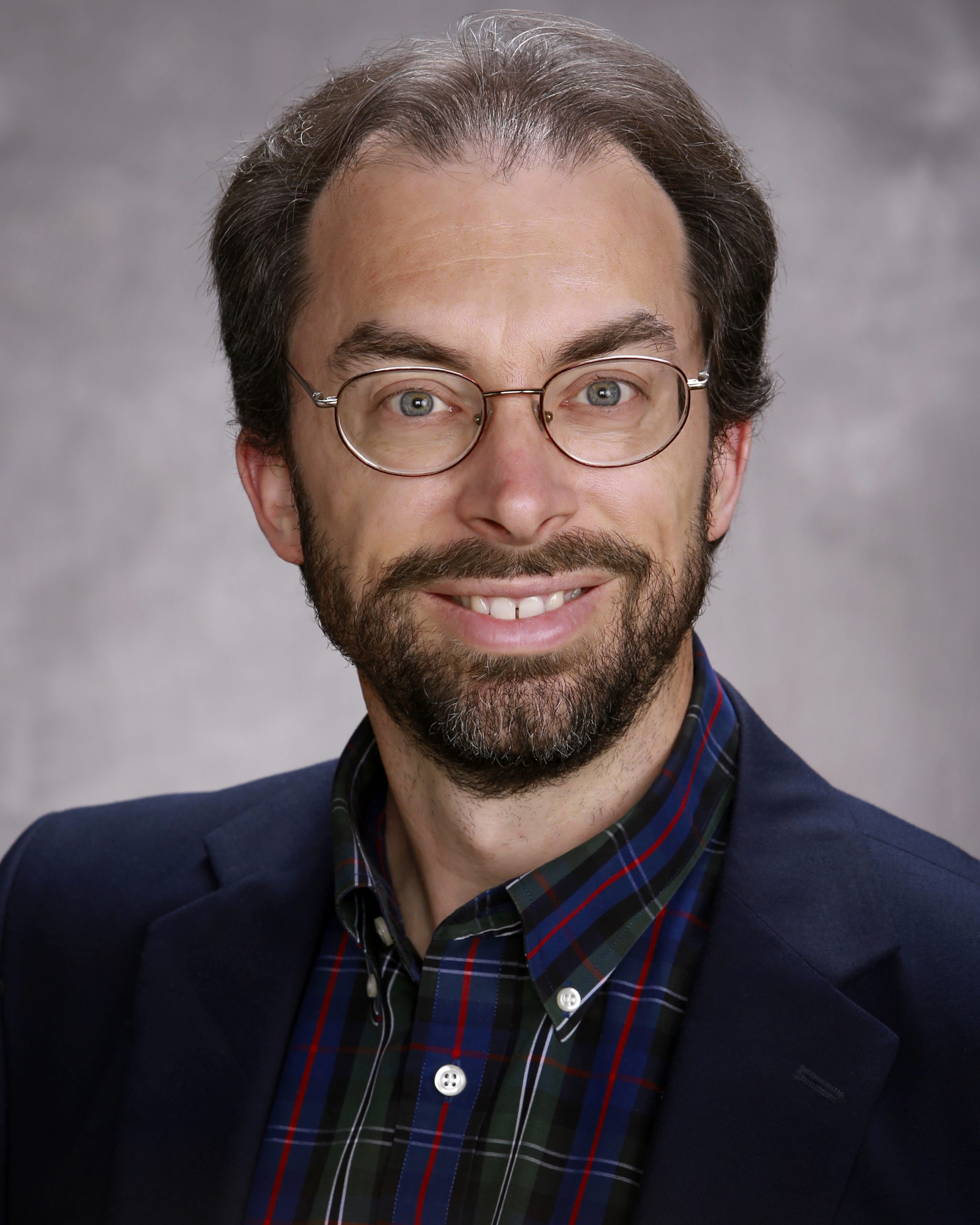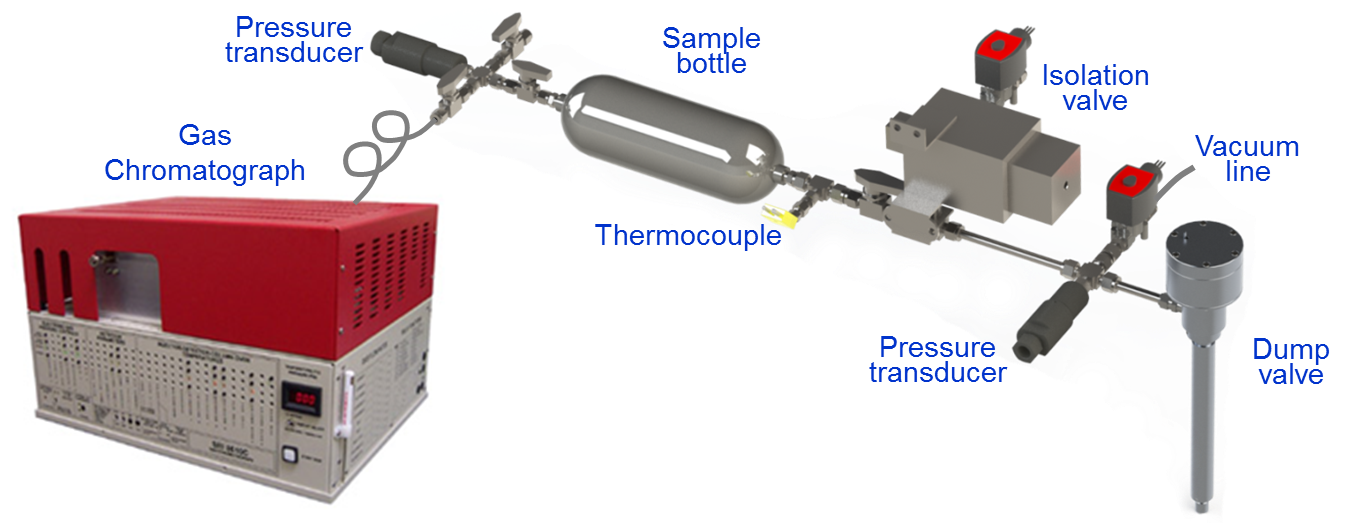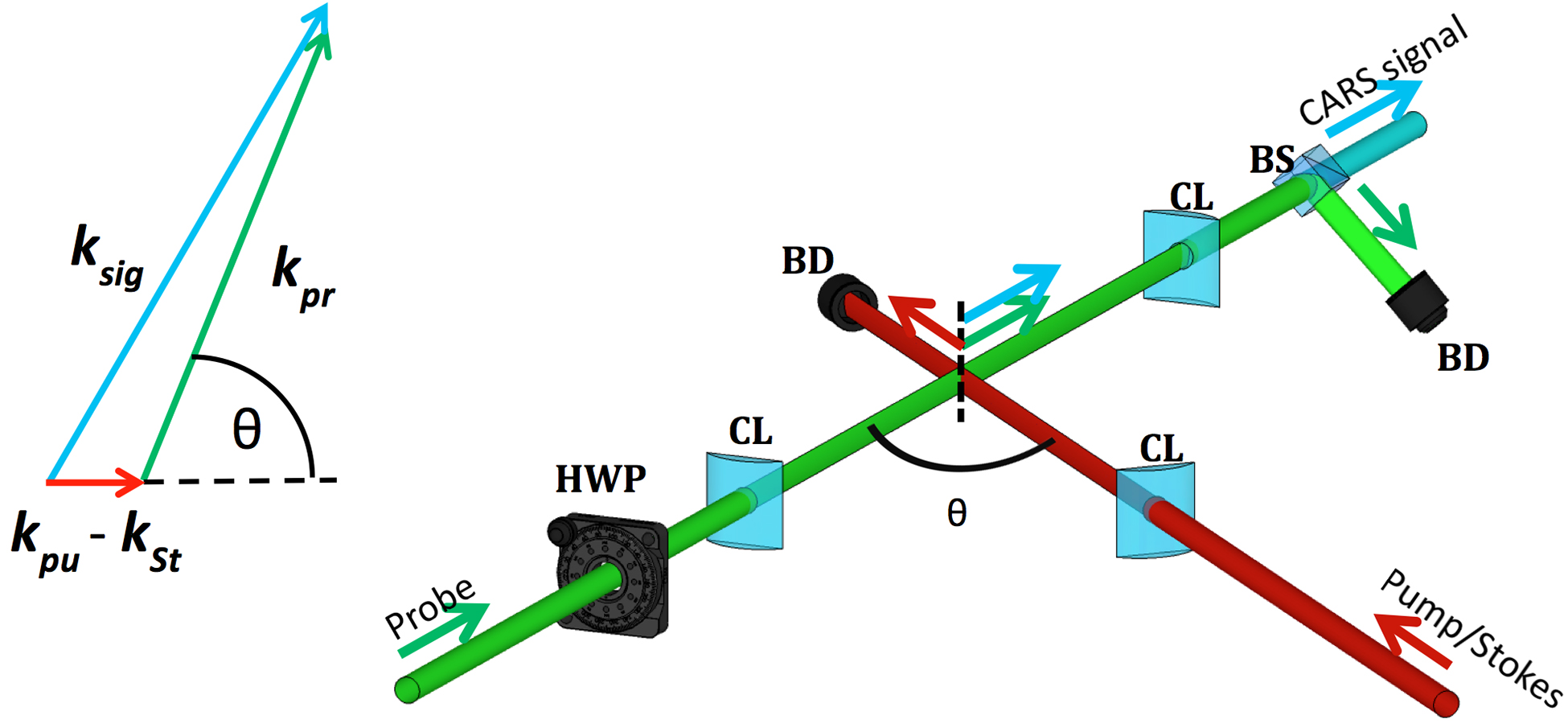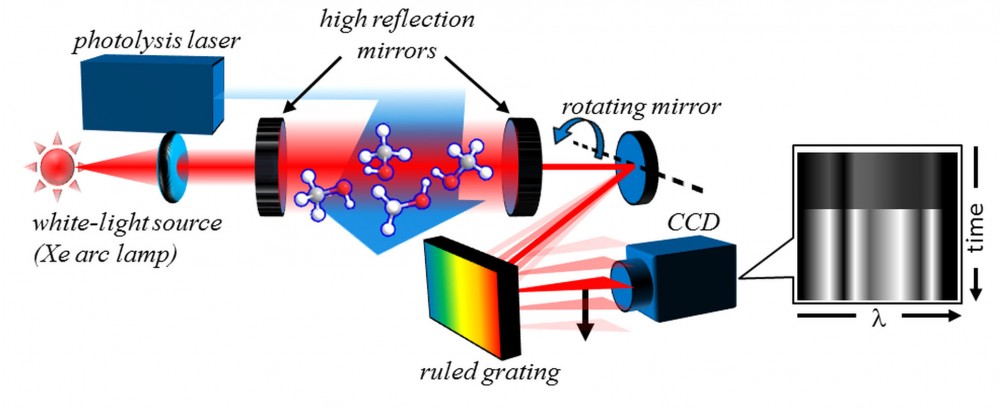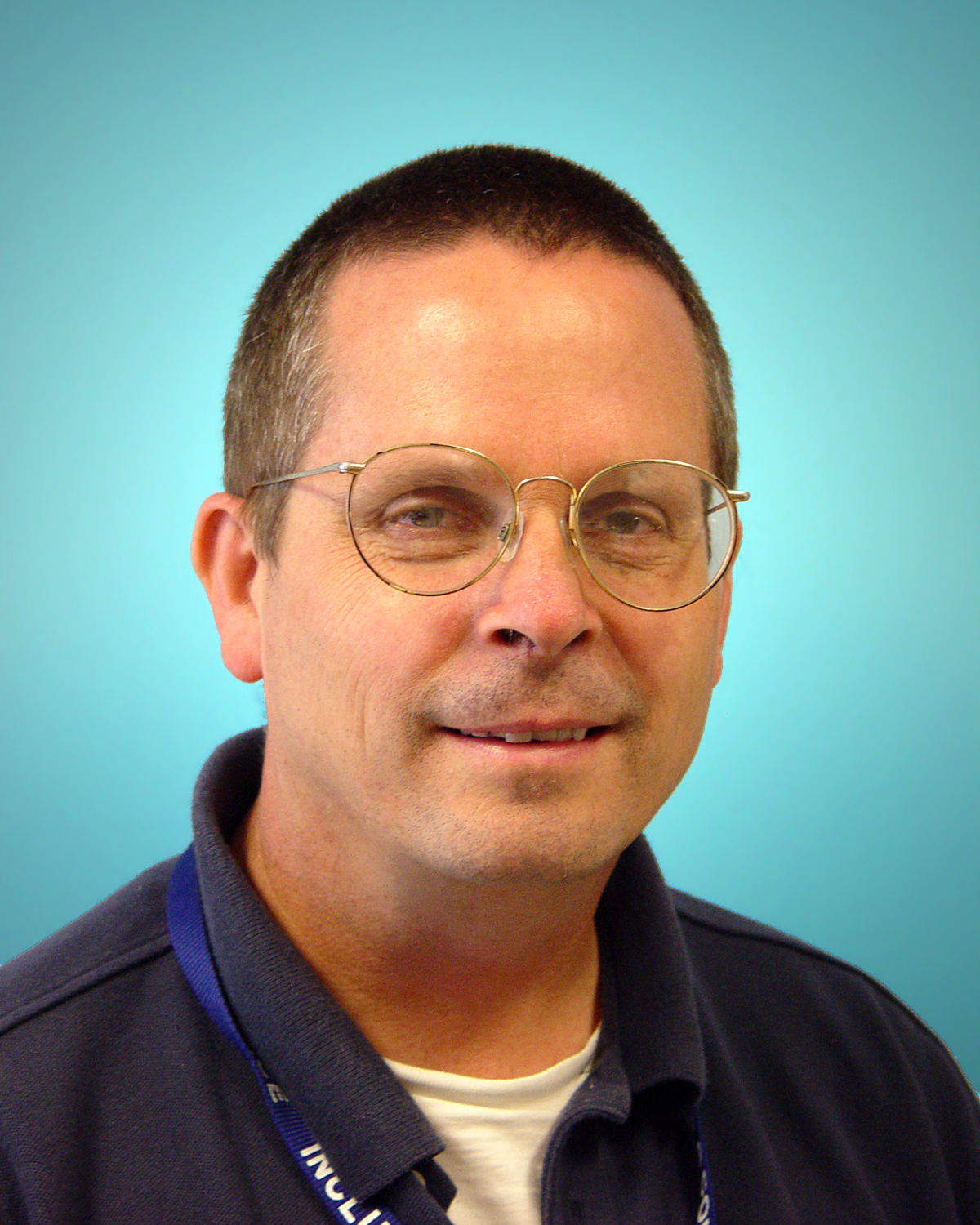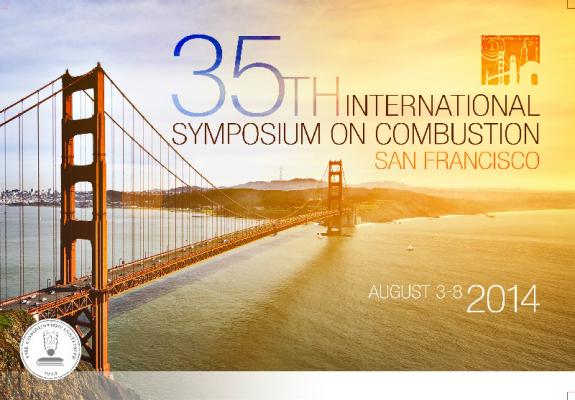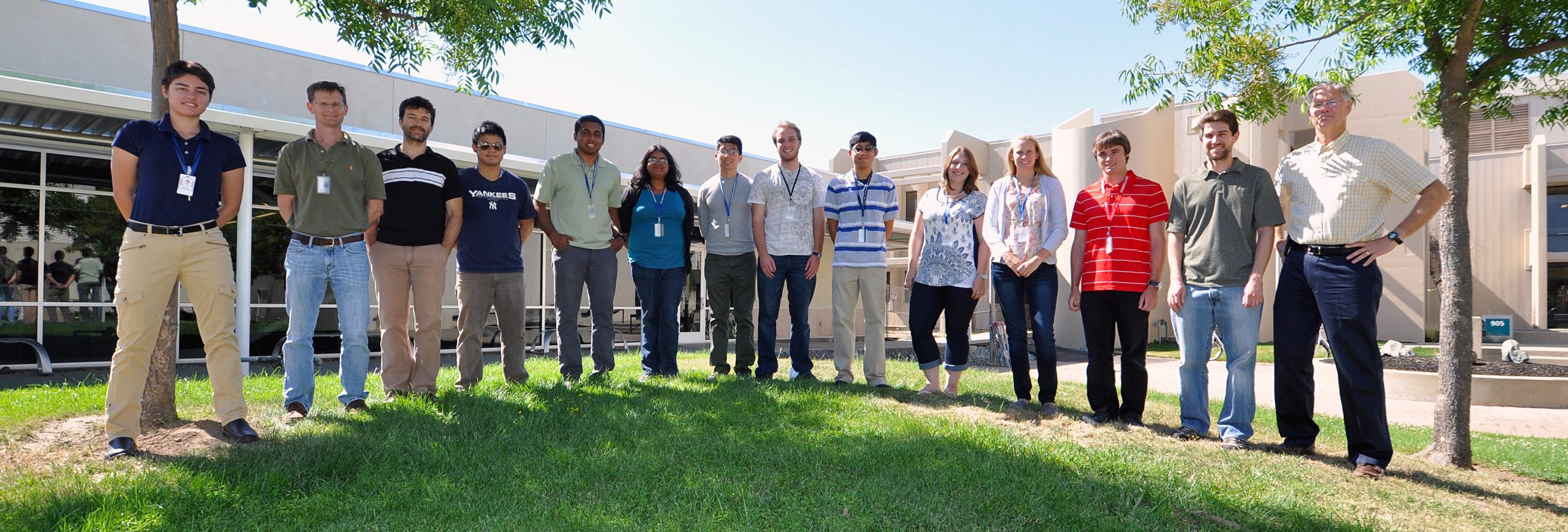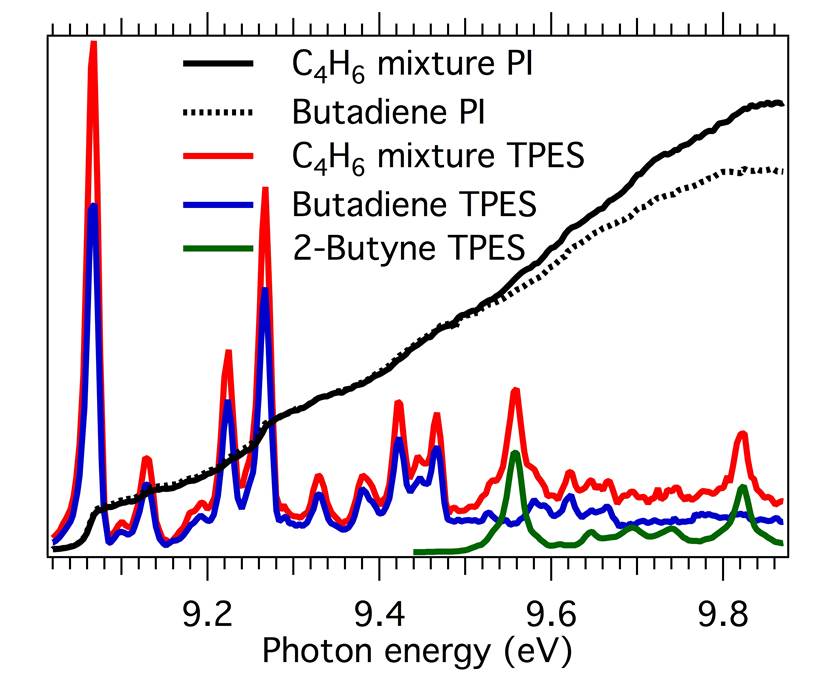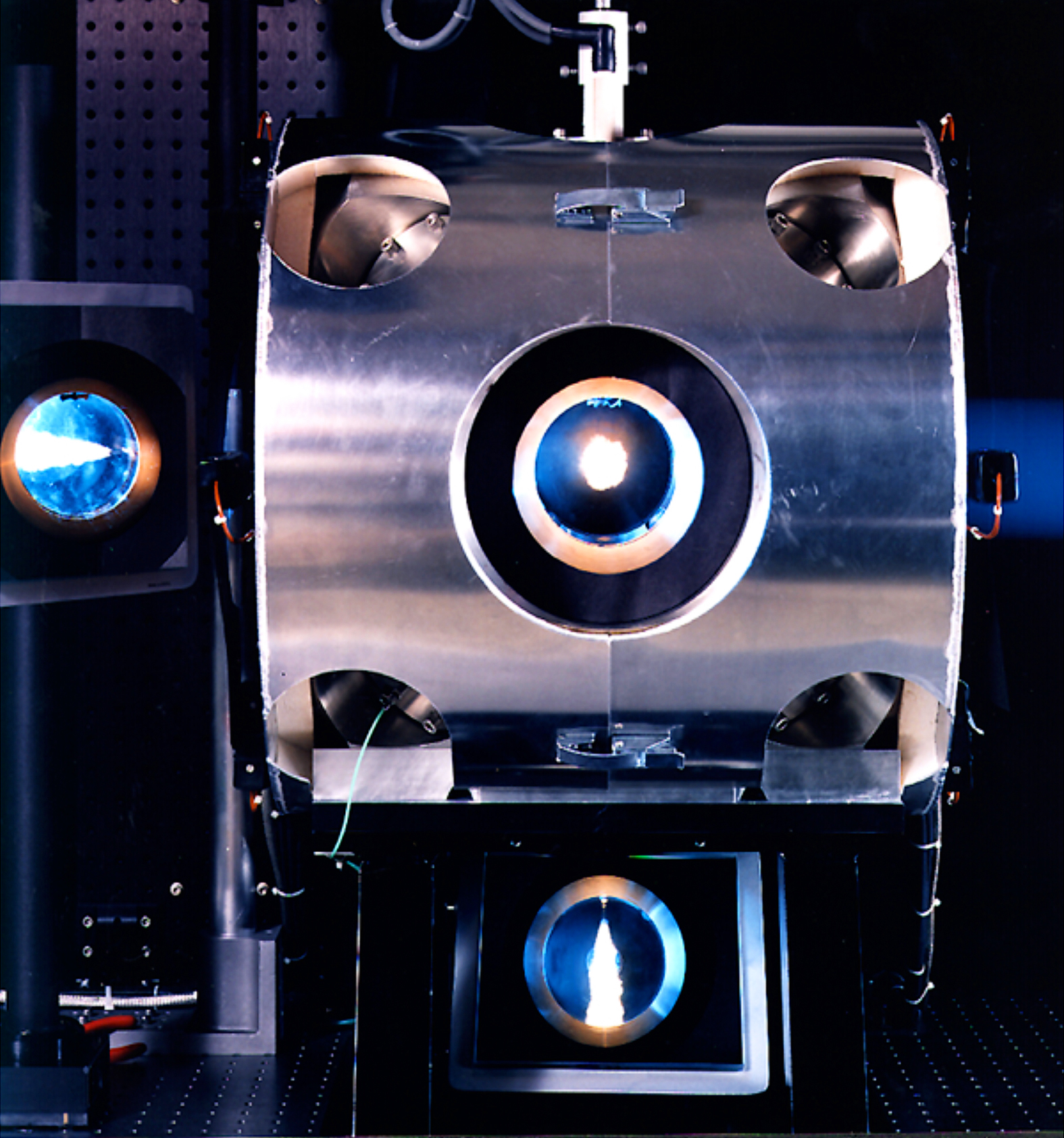Post, September 22, 2014 • Elaine Oran, a professor of engineering at the University of Maryland, gave the keynote address on “Understanding explosions: From catastrophic accidents to the creation of the universe.” (Photos by Dino Vournas) The 35th International Combustion Symposium, the premier conference on combustion science and application held on August 3–8 in San...
